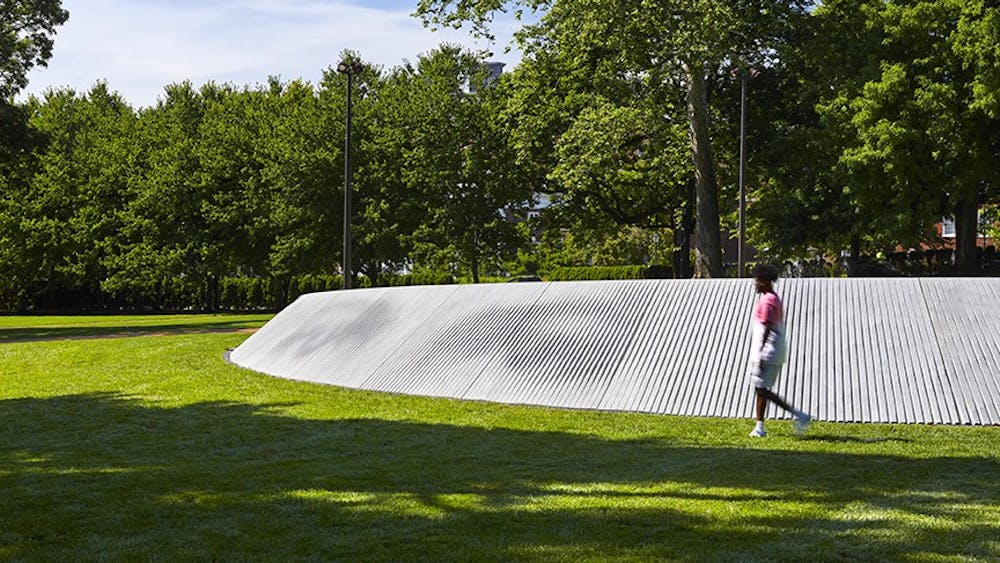New York-based polymedia artist Eto Otitigbe was selected as this semester's Hanes Visiting Artist and offered a virtual lecture to the UNC community on Thursday.
Every semester since 1983, the Hanes Visiting Artist Lecture Committee has invited a series of prominent artists to speak to the UNC community.
Otitigbe got his start by studying mechanical engineering at the Massachusetts Institute of Technology.
“Engineering got me interested in design," Otitigbe said. "Then design got me interested in art. Today, I pull from my education and experience in these fields to inform my creative practice.”
After graduating from MIT, Otitigbe studied product design at Stanford University and creative practice from the University of Plymouth. He now works as an assistant professor of sculpture in the art department at Brooklyn College and as the director of the Turnbull Gallery in New York.
His work has been featured in exhibits across the globe, such as "Bronx Calling: The Second AIM Biennial."
Gesche Würfel, an assistant professor in the UNC Department of Art and Art History, chose Otitigbe to speak because of his contribution to the Memorial to Enslaved Laborers at the University of Virginia.
“I met Eto about two years ago at a residency at MASS MoCA in southern Massachusetts, and I was very impressed with his work,” Würfel said. “We stayed in touch, and I decided to invite him because I think the memorial and his work are very moving.”
Würfel said she finds Otitigbe's work to be especially interesting due to its interdisciplinary and thoughtful nature.




